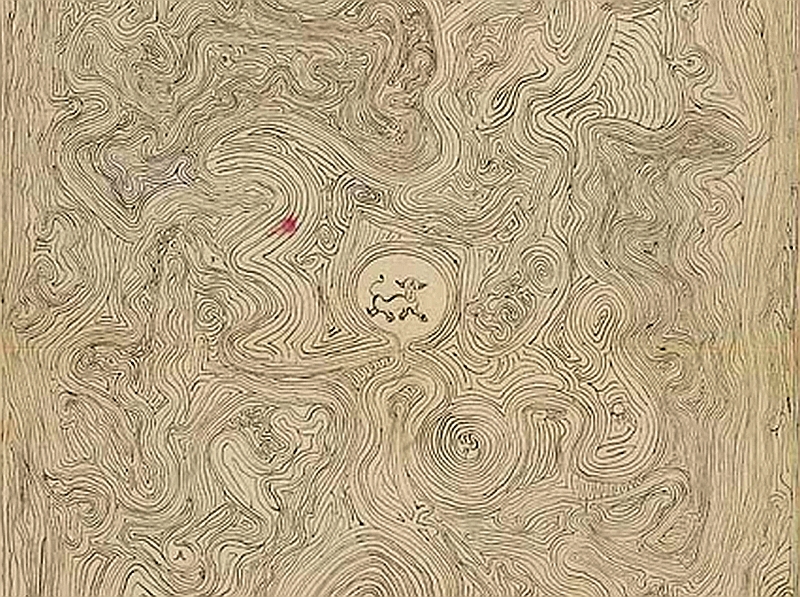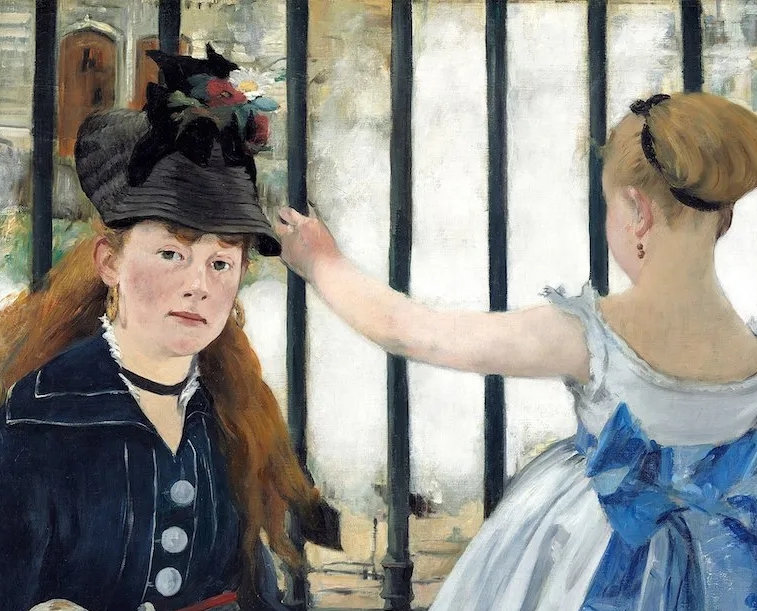In allen Gesellschaften dienen Übergangsriten (rites de passage) der Absicherung des potenziell gefährlichen, weil undefinierten Übergangs zwischen Lebensstadien, Rollen, Identitäten, psychischen Zuständen, sozialen Strukturen oder Orten. Bei der Beobachtung von Übergangsriten stellte der Anthropologe Victor Turner fest, dass Individuen oder Gruppen in der mittleren der drei Phasen eines jeden Ritus – nachdem sie sich in einer ersten Phase von der sozialen Ordnung symbolisch abgelöst haben – in einen Zustand der Liminalität geraten: einen Schwellenzustand, einen Zustand der Mehrdeutigkeit, der Unentscheidbarkeit und der Verwirrung. Sie sind „betwixt and between“. In diesem ambivalenten Zustand zwischen Fakt und Fiktion machen die Initiierten eine von Turner „Communitas“ genannte Flow-Erfahrung von Gleichheit, Ganzheit, Einfachheit, Offenheit, Anonymität, Selbstlosigkeit und Besitzlosigkeit jenseits von Status, Rang, Distinktion, sexueller Differenz, Familie oder Hierarchie.
In der liminalen Phase trifft Struktur (Sprache, Gesetz, Tradition) auf Anti-Struktur. Liminale Phasen sind Phasen der Transition und der Transformation und implizieren ein hohes Maß an Opferbereitschaft. Der Schwellenzustand zwischen „nicht mehr“ und „noch nicht“ erzeugt Unsicherheit und zugleich Faszination, er ist gleichermaßen Quelle von Schöpfung wie Zerstörung. Er kann als herausfordernd, unangenehm, bedrohlich und störend erlebt werden, aber auch als subversiv, inspirierend und ermächtigend, insofern die temporäre Suspension der sozialen Ordnung eine fließende, offene Situation erzeugt und ein Potenzial der Veränderung und Erneuerung freisetzt. Die dritte und abschließende Phase des Übergangsrituals dient der Wiedereingliederung der Initiierten in die soziale Ordnung mit neuer Rolle, neuem Status, neuer Identität. Liminale Zustände können aber auch verlängert auftreten oder langfristig reproduziert werden, etwa in Form marginaler Existenzen oder permanenter Ausnahmezustände.
Seit Victor Turners Arbeit in den 1960er Jahren wird der von ihm anlässlich der Beobachtung von Übergangsphänomenen wie Krankheit, Tod, Krise, Taufe, Pubertät, Heirat oder Trennung gewonnene Begriff der Liminalität verwendet, um politische und kulturelle Umbrüche und Umwälzungen aller Art zu analysieren, in denen soziale Hierarchien umgekehrt oder aufgelöst werden, die Kontinuität der Tradition ungewiss wird und Annahmen, die einst als selbstverständlich galten, in Frage gestellt werden, und die sich in Form von Revolutionen, Kriegen, Katastrophen und anderen kollektiven Ausnahmezuständen manifestieren. Auch das Leben von Exilierten, Kolonisierten, Minoritäten oder religiösen Gemeinschaften lässt sich als Existenz im Schwellenzustand der Mehrdeutigkeit und Unentscheidbarkeit beschreiben. Nicht zuletzt können Aufführungen aller Art (Musik, Theater, Karneval, Cabaret, Kunst, Film) sowie die performativen Praktiken des Spielens, des Erzählens, des literarischen Schreibens, des Denkens oder des Philosophierens als Phasen liminoider (d.h. experimentell herbeigeführter liminaler) Erfahrungen gelten.
Im Zentrum des Seminars steht die Lektüre von Victor Turners Buch „The Ritual Process. Structure and Anti-Structure“, in deren Verlauf sich zahlreiche Bezüge zu verwandten Ansätzen aus dem Bereich der Soziologie des Sakralen (Marcel Mauss, Roger Caillois, Georges Bataille, René Girard, Michail Bachtin, Mary Douglas) ergeben werden. Zusätzlich dienen kleinere Auszüge aus Texten von Immanuel Kant, Richard Wagner, Henri Bergson, Jean-Paul Sartre, Frantz Fanon, Hannah Arendt, Jacques Derrida, Gilles Deleuze & Félix Guattari, Julia Kristeva, Giorgio Agamben und Rosi Braidotti als Inspiration für die Diskussion unterschiedlicher Schwellenphänomene wie etwa der kunstreligiösen Erfahrung des Erhabenen, der liebesreligiösen Erfahrung des Mystischen, der politreligiösen Erfahrung des Totalitären oder der sozioreligiösen Erfahrung des Transhumanen.
Begleitend zum Seminar findet eine studentisch kuratierte und präsentierte Filmreihe zu unterschiedlichsten Schwellenphänomenen im Kino der HfG statt.


